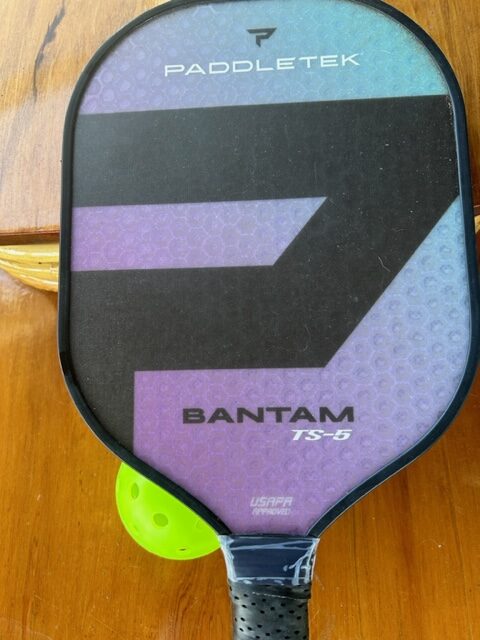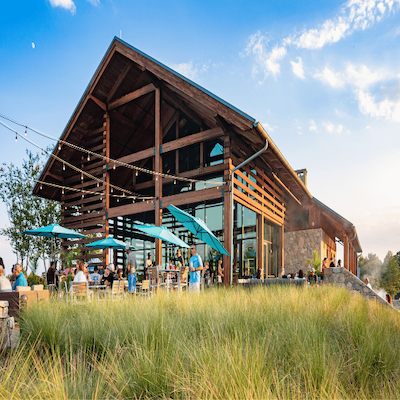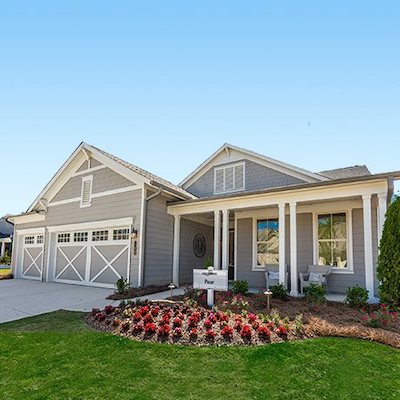Multi-generational Housing Gets Covid Boost
Category: Family and Retirement
November 14, 2020 — Not surprisingly, occupancy rates at assisted living and independent living facilities are off 2.5% since March, according to data from the National Investment Center for Seniors Housing & Care. Rates in skilled nursing facilities are declining even sharper, they have declined by 12%. One big reason for the soft markets is fear of the coronavirus. After tens of thousands of nursing home residents died in the early phases of the pandemic, nervous relatives have been considering safer alternatives for their loved ones. It is estimated that 40% of Covid-related deaths occurred in long term care facilities (WSJ). Adding to the anxiety are rules where residents are usually not permitted to have visitors, or if they do, only for very short times and under restrictive conditions.
The Wall Street Journal recently reported on a housing alternative that is seeing a real boost from Covid. Accessory Dwelling Units (ADU’s) and other forms of multigenerational living, which used to be called mother-in-law apartments, are booming. In one of these two or more generations can live on the same property, but each has their own private living quarters. These accessory units are not just for aging parents either, they can be a perfect solution with so many adult children returning to live in their parents’ homes. Topretirements knows people in their 60s who have partnered to build a unit for themselves within the younger generation’s home. The units can range from a downstairs bedroom suite within a home to a free standing structure elsewhere on the premises. Most combine a small kitchen, bath, bedroom, and living area in one compact and flexible unit. Some people are building or converting them on their own properties, but new homebuilders are beginning to capitalize on the trend as well.

Lennar Homes is one such builder; it expects sales of what they call their NextGen line of homes to grow by 20% next year. Toll Brothers calls their multigenerational housing option MultiGen, and it is expected to rack up a 12% increase. That company also has an option for a backyard ADU they call casitas. Woodleaf Hammock is a new community in Sarasota’s giant Lakewood Ranch from M/I Homes that incorporates a separate multi-function space within their home models. It could be used for a home office, crafts, or a studio apartment for another family member. M/I Homes also has a similar version available in its Rivo Lakes community in Sarasota that appears to be quite successful.
Urbaneer has introduced a new prefabricated ADU line which cost between $125,000 and $200,000, plus installation. The Journal article listed several other companies marketing ADUs as well. Tiny houses, which normally have the advantage of being portable, are another solution with multiple providers and options.
Advantages and Disadvantages
Compared to moving to some type of retirement home or an active community there are many advantages to living in a ADU. Over the long haul the costs are probably less than owning two separate properties. They are often considered a form of affordable housing. An ADU helps reduce costs since you are not paying for facility staff and preparing your own meals. There is no problem having visitors in a lockdown environment as long as you are prepared to act safely and take the risks that go with having family members in close proximity. Loneliness and isolation, a huge problem in assisted or independent living, or living by yourself, are avoided with family right next door.
There are disadvantages to living in an ADU. The biggest one is that you are dependent on yourself and your family members. If at some point you need a lot of care, you will have to hire aides and other workers to help, and that will be expensive. You won’t have the staff available to handle a late night emergency. You might have to find an alternative in your community that can back you up and provide needed support. Amenities and social programs, a welcome addition to many facilities, will have to come from your own efforts. Lastly, local zoning regulations make not permit ADU’s, or require extensive permitting rigamorole.
Flexibility for any time of life
The flexibility of an ADU is that they can fit multiple situations. One might be perfect for an adult child not quite ready to afford their own home. An aging parent who doesn’t want to go into assisted or independent living could avoid that by living on your property. Or retired baby boomers who want or need to stay close to their families can live independently and cost effectively in an ADU cottage or apartment.
For further reading:







Comments on "Multi-generational Housing Gets Covid Boost"
Jemmie says:
Multigenerational living is a very interesting concept. I love the idea of an ADU (for myself) but don't have the room in my backyard and not sure the HOA would approve. I think having aging parents live in the same house with their own living quarters would be great, but when we looked at several master-planned communities years ago, these models were never mentioned, and were probably not available then. The multigenerational homes are expensive but still would be no where near the $8,000 a month we paid for my mother's assisted living expenses.